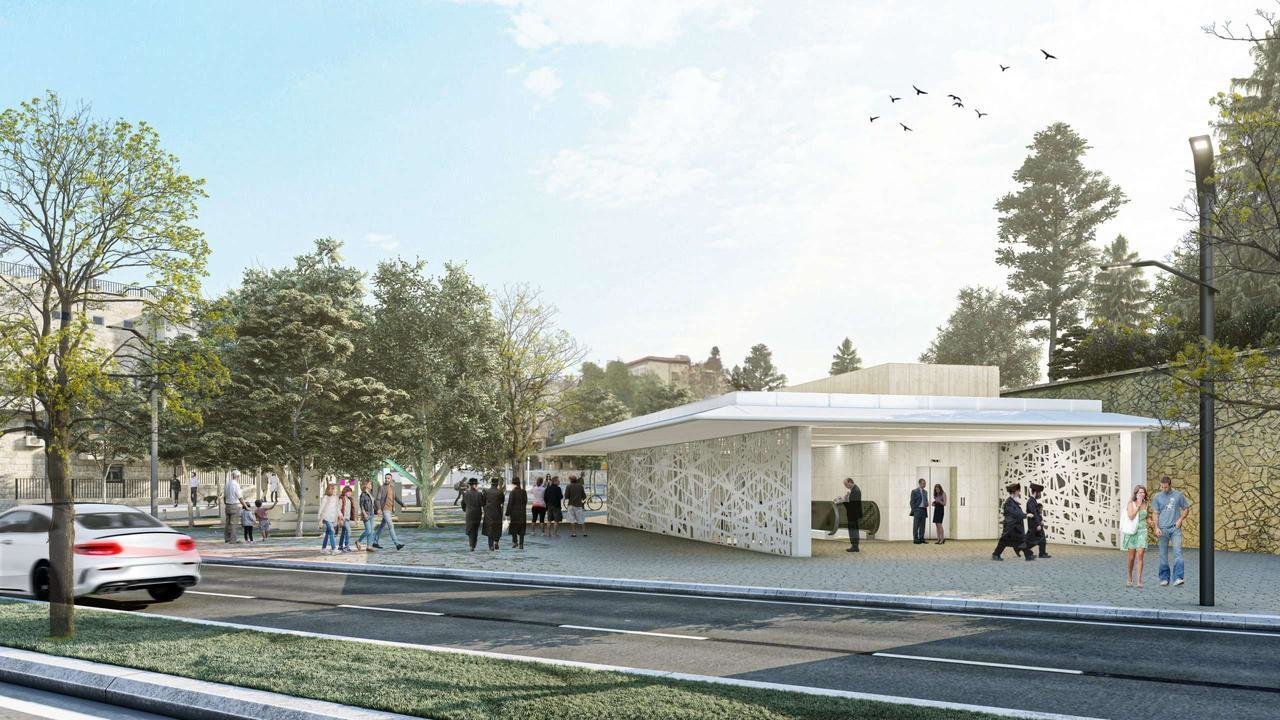Sotogrande, paraíso natural

Las múltiples crisis sociales que concurren con el desbordamiento de los límites físicos de nuestro planeta, nos hacen reflexionar sobre la forma en la que vamos a habitar, de cómo será la organización de la vida en común en las ciudades del mañana. Este hecho afectará potencialmente a todas las instituciones políticas, culturales, económicas y sociales.
En este contexto, vivir en un entorno cuyas preexistencias y carácter desbordan naturaleza y forman parte de los objetivos a los que aspiran muchos lugares, es un lujo al que los habitantes de Sotogrande están bien acostumbrados.
Se estima, que los arboles pueden reducir en torno a 10 grados de temperatura mediante la evapotranspiración, captando entre 10 y 30 kg anuales de Co2 y emitiendo vapor de agua. En un escenario como Sotogrande, donde la presencia de áreas verdes es una característica distintiva, su rica vegetación aporta ese clima que hace que vivir aquí sea más saludable. Y es precisamente la salud, la que a nosotros, arquitectos y urbanistas nos debe preocupar a la hora de diseñar nuestros proyectos.
Tanto si estamos diseñando una Villa en Sotogrande, como si estamos haciendo una intervención en espacio público en cualquier lugar como Aix en Provence o Tel Aviv, el objetivo siempre debe ser el mismo, el bienestar de las personas. A menudo, olvidamos que nuestros ancestros ya sabían qué era la sostenibilidad sin ni siquiera conocer el término, porque sólo se trataba de diseñar y pensar los proyectos considerando el viento, la orientación, la temperatura, los materiales o la salud, entre otros.
La vida MEDITERRÁNEA ha marcado nuestra forma de vida, recuperar estos conceptos y entender los desafíos actuales, convertirá nuestro entorno en un lugar sostenible y responsable; porque el futuro de nuestras ciudades es la tecnología, la proximidad, y la naturaleza, un cóctel de resultado ganador al que todos los lugares deben aspirar…
Mar Herrera Díaz
Asymmetry
Sotogrande natural paradise
The multiple social crises that concur with the overflowing of the physical limits of our planet, make us reflect on the way we are going to live, on how the organisation of life in common will be in the cities of tomorrow. This will potentially affect all political, cultural, economic and social institutions.
In this context, living in an environment whose pre-existence and character overflow with nature and form part of the objectives to which many places aspire, is a luxury to which the inhabitants of Sotogrande are well accustomed.
It is estimated that trees can reduce temperatures by around 10 degrees Celsius through evapotranspiration, capturing between 10 and 30 kg of Co2 per year and emitting water vapour. In a setting like Sotogrande, where the presence of green areas is a distinctive feature, its rich vegetation provides that climate that makes living here healthier. And it is precisely health that we architects and town planners should be concerned about when designing our projects.
Whether we are designing a villa in Sotogrande or an intervention in a public space in a place like Aix en Provence or Tel Aviv, the objective must always be the same, the wellbeing of people. Often, we forget that our ancestors already knew what sustainability was without even knowing the term, because it was just a matter of designing and thinking about projects considering wind, orientation, temperature, materials or health, among others.
MEDITERRANEAN life has marked our way of life, recovering these concepts and understanding the current challenges will turn our environment into a sustainable and responsible place; because the future of our cities is technology, proximity and nature, a winning cocktail that all places should aspire to...
Mar Herrera Díaz
Asymmetry

